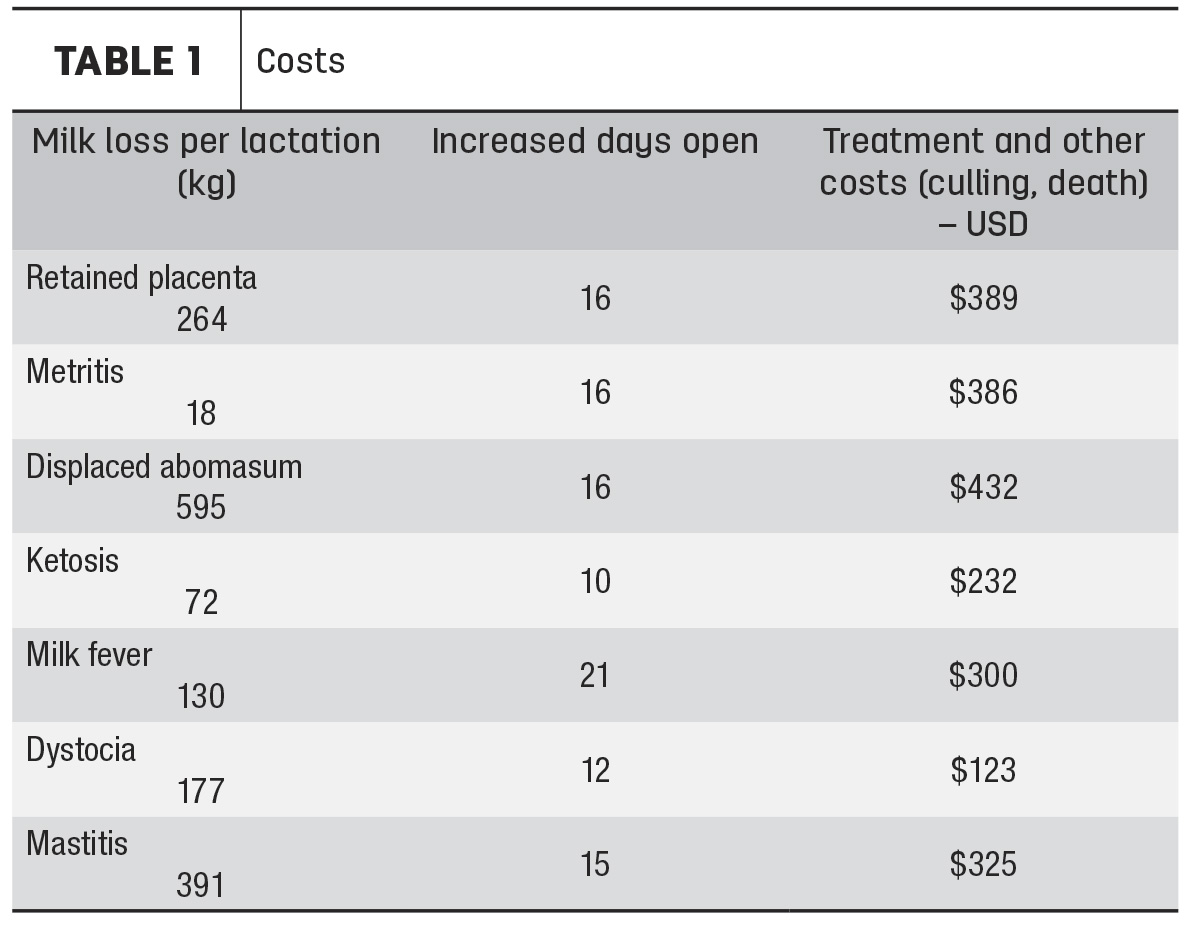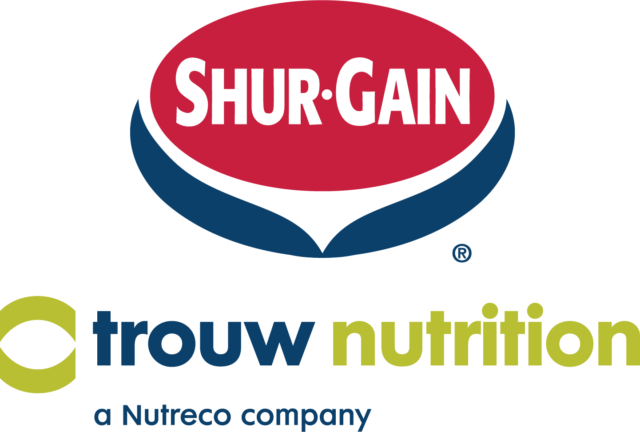When evaluating feed costs on any dairy operation, there are three main areas of focus: the lactating herd, the heifer program and the dry cow period. While many producers have moved to some variation of a low-energy, high-fibre diet with straw or coarse hay and corn silage, within that there are many different nutritional strategies employed to target specific transition challenges on-farm.
Producers are working to prevent both subclinical and clinical hypocalcemia with several different methods and feeding practices. Working toward a partially or fully acidified negative dietary cation-anion difference with some level of anionic salts is one way. Using a calcium binder has proven to be efficacious against clinical milk fever but not at preventing subclinical cases. When it comes to ketosis prevention, rumen-protected choline or rumen-protected B vitamins are offered, as well as feeding glycerol. Some producers are relying on microbial fermentate postbiotic additives that boost the immune system, while others are “keeping it simple and low-cost” without the use of research-proven feed additives to assist with a seamless transition to the milking herd. Table 1 illustrates the losses and costs of many common transition diseases.

If the basics are not done correctly, then the return on investment of many nutritional strategies won’t be fully realized. A clear focus on the following three key management areas will help ensure your dry cow program is producing a profit quickly and efficiently as cows transition from dry to lactating.
Straw chop length
Far too often, one of the major issues observed in transition programs is straw that is not chopped to an ideal length. A recent study compared two different chop lengths, 4 inches and 1 inch, of straw in a dry cow diet and found that cows fed the shorter 1-inch straw consumed more dry matter (DM) and had more consistent intakes. Cows tended to sort against the longer particles in favour of the shorter pieces. Cows fed the longer-chopped straw had a greater negative decline in rumen pH in the first week post-calving and had a greater blood beta-hydroxybutyrate level in the third week after calving. We know that maintaining more dry matter intake (DMI) pre-calving is critical to achieving high levels of DMI post-calving to drive increasing milk production and minimize the loss of body condition. Recent studies have shown a dry cow diet with a smaller cut length will help maintain DMI during the dry period for less risk of cows developing clinical or even subclinical ketosis post-calving.
TMR moisture
As straw-based dry cow total mixed rations (TMRs) have become popular, maximizing consumption not only through finely chopping the straw but adding additional moisture is an excellent way to ensure high DMI and consistent nutrient intake of those diets. Without the addition of moisture, these rations tend to be very dry, upwards of 60% DM, as they often consist of dry ingredients such as straw, grassy hay, grains and mineral that range from 1% to 15% DM. Another recent study comparing the moisture content of dry cow diets found that decreasing the DM content of the final TMR from 53% DM to 45% DM resulted in greater DMI in the dry period. Although cows sorted the ration in both treatments, there was less sorting against longer particles in the cows fed the wetter diet. Following those cows into early lactation, the researchers found the improved intake and reduced sorting of long particles resulted in more consistent nutrient intake. The more consistent intake resulted in better rumen health in early lactation, allowing those cows a better start toward peak milk production. Whether the additional moisture is added via liquid, byproduct feeds or simply by the addition of water alone, many producers have improved their transition success by increasing ration moisture and targeting closer to 40% to 45% DM.
Feeding frequency
You would be hard pressed to find a dairy operation that does not feed their lactating dairy cows at least once per day, and with the advent of automated feeding, many are now providing fresh TMRs or partial mixed rations (PMRs) multiple times per day. However, there are still many dairy operations that only offer fresh feed to their dry cows every other day. Oftentimes, this is due to constraints such as meeting the minimum batch size in the mixer wagon or the availability of labour to feed those groups of animals. Much research has been done in lactating cows that indicate increasing feeding frequency results in higher DMI along with more milk production, reduced sorting and more consistent uptake of nutrients. Although this research has been done in lactating cows, many of the key concepts apply to dry cows. It stands to reason that feeding dry cows a minimum of one time per day will result in less sorting of long particles and higher DMI, resulting in better rumen health and less risk of metabolic conditions post-calving. Additionally, feeding every other day can have a detrimental effect on feed quality, as the extended exposure to oxygen increases the risk of secondary fermentation of the silage and mould growth. This may result in heating of the TMR, a reduction in palatability and inconsistent DMI, as cows are likely to eat more on the first day after fresh feed is delivered than the subsequent day. In addition to that, the TMR has a greater chance to dry out by the second day, resulting in an increase in sorting and decrease in overall DMI. Feeding dry cows a minimum of once a day, along with frequent push-ups, is key to maintaining high levels of DMI and preventing sorting of their TMR pre-calving.
A shift to more focus on dry cow rations will increase DMI and overall feed consumption in the dry period, resulting in less metabolic disease in early lactation. Focusing on the basics of chop length, TMR moisture and feeding frequency are three ways to help ensure cows entering the milking herd continue to consume enough dry matter to remain disease-free, adding to the profitability of your dairy herd.







